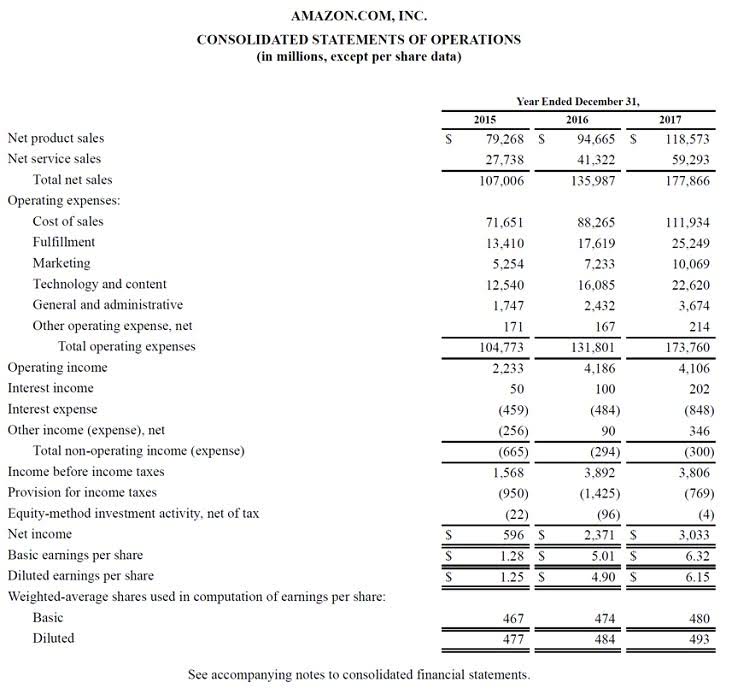
Their standardized format ensures consistency and comparability across reporting periods and with Oil And Gas Accounting other companies. They are essential for external stakeholders, such as investors and creditors, who rely on them to evaluate financial performance and risk. Internally, management uses them to track performance trends, control costs, and inform strategic decisions. Their simplicity makes them widely understood and accepted in financial reporting.

Variable Costs
- By subtracting these variable costs from revenue, you’ll arrive at the contribution margin.
- Used internally, contribution statements act as miniature income statements, based on which planners, controllers, and auditors can identify short-term cost patterns.
- Businesses can pinpoint areas where operational costs are eating into profits by examining the relationship between sales revenue, variable costs, and the resulting contribution margin.
- Unlike traditional profit calculations that fixed costs can cloud, contribution margin focuses solely on variable costs, providing a clearer picture of the impact of incremental changes.
- Internally, management uses them to track performance trends, control costs, and inform strategic decisions.
- Contribution Margin Statement – Highlights variable vs. fixed costs and shows contribution margin.
They will have financial information about the value created and profits generated by the last manufactured unit. Thus you end up with total variable cost of goods sold, and total variable selling and administrative costs. Let’s use the beauty company example again to understand the process. Let’s assume the company sells 1,000 units of skincare products for https://svgdaily.com/the-complete-ach-return-codes-guide-master-payment/ $50 each, totaling $50,000 in revenue.
How do you calculate the variable cost?
We are tasked to prepare Company X’s contribution margin income statement. As can be seen from the formula above, computing the break-even point involves the contribution margin, which is something that a contribution margin income statement provides. The leftover amount after deducting variable costs shows profits, but other factors could still alter things like the relevant range too.
How do you calculate the contribution margin from EBIT?
- Regression analysis will help see more insights and relationships in the data.
- Then, all fixed expenses are subtracted to arrive at the net profit or net loss for the period.
- Variable production costs were $1,000 per unit, and variable selling and administrative costs were $500 per unit.
- Earnings Before Interest and Taxes (EBIT), on the other hand, measures overall company profitability and includes both variable and fixed expenses.
- In a contribution margin income statement, variable cost of goods sold is subtracted from sales revenue to obtain gross contribution margin.
Contribution income statements are often overlooked as important financial statements for managing costs and planning for business growth. Used by savvy business owners and executive managers, contribution statements provide insights not obtainable elsewhere in accounting management’s repertoire of financial statements, sheets, and reports. Contribution margin income statements refer to the statement which shows the amount of contribution arrived after deducting all the expenses that are variable from the total revenue amount.
By segregating variable costs from the total expenses, the computation of contribution margin can be done. Under a traditional income statement, expenses are categorized under the cost of sales, operating expenses, and non-operating expenses. Contribution the contribution margin format income statement is organized by: margin analysis shines in how managers deal with factors of production costs. Business executives will monitor marginal revenue against marginal costs.
- The contribution margin can highlight how changes in the structure of sales and expenses can impact the bottom line without being obscured by fixed costs.
- It cannot be zero since it has fixed expenses, which are incurred whether a business makes a sale or not.
- If you or a predecessor started your organization on Quickbooks, then you understand the design behind Intuit’s product.
- Kristin is also the creator of Accounting In Focus, a website for students taking accounting courses.
- This is important to note when planning for your business’s level of activity.
- This means that the contribution margin income statement is sorted based on the variability of the underlying cost information, rather than by the functional areas or expense categories found in a normal income statement.
Significance of Contribution Format Income Statement in Financial Analysis

This will improve profits of product lines while driving consumer and buyer demand. The goal is to reduce any inventory imbalances that many companies run into from time to time. The power of the contribution margin, compared to net income, lies with using margin figures.


You really start seeing predictive and scenario-planning of business insights. It may make sense to compare raw materials when the price is constantly moving with global demand. While the contribution margin is related to profitability, it differs from EBIT (Earnings Before Interest and Taxes) and EBITDA (Earnings Before Interest, Taxes, Depreciation, and Amortization).
